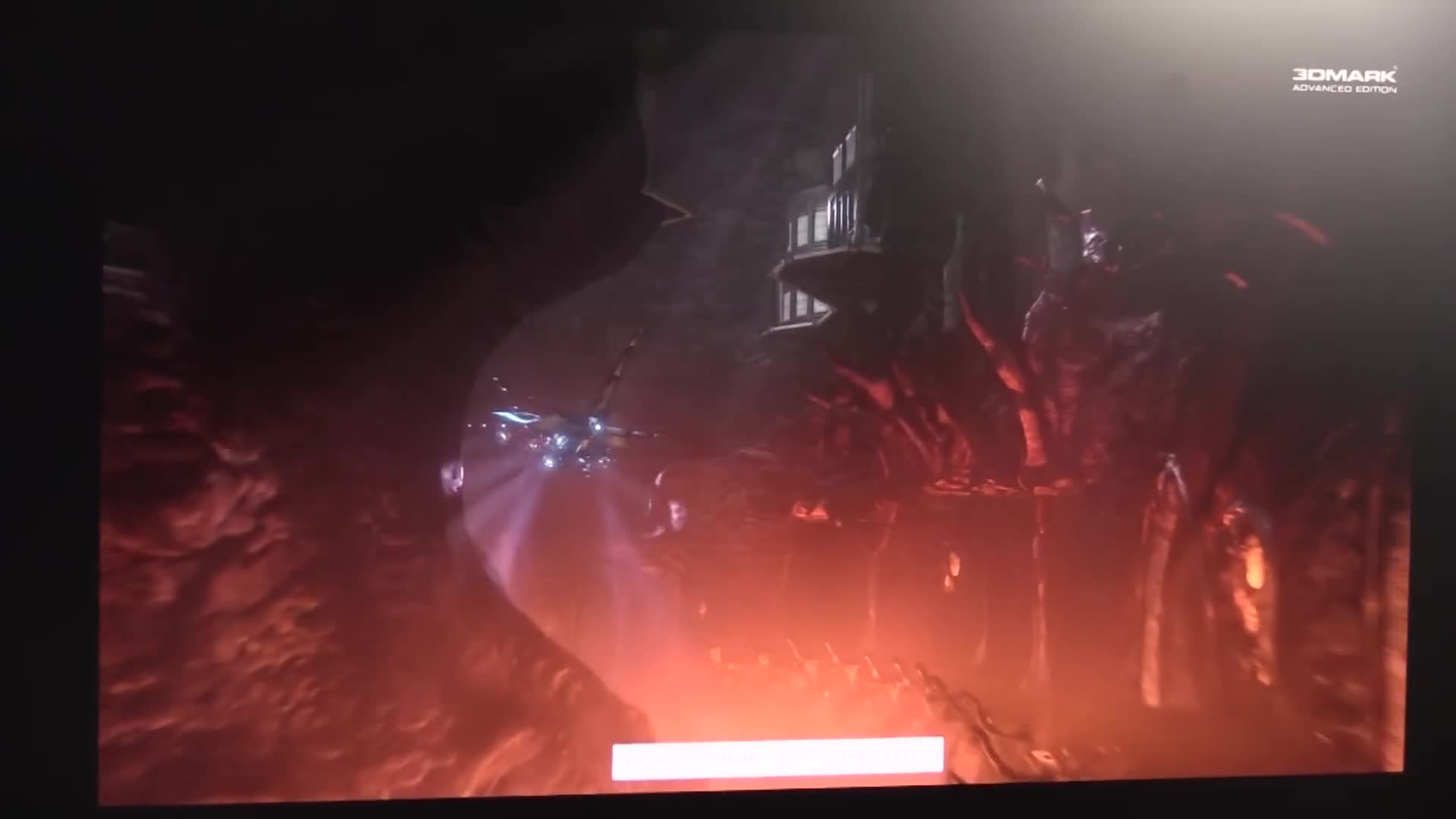Gaming
What creative alternatives exist for unconventional PC builds, and how do DIY tech enthusiasts showcase resourcefulness in their gaming setups?
DIY tech enthusiasts are pushing creative boundaries by building PCs in unexpected containers like trash cans, as demonstrated by content creator Geeker Wan. This unconventional approach showcases the resourcefulness and humor within the tech community, where functionality meets entertainment. The discussion highlights how affordability of components, particularly in markets like China, enables such experimental builds. These unique configurations extend beyond individual projects to encompass mobile internet cafes and other innovative gaming setups. The concept represents a broader trend of tech enthusiasts finding creative solutions that combine practicality with entertainment value, proving that high-performance computing doesn't always require traditional tower cases.
Watch clip answer (00:14m)How can you build a competitive gaming PC on a tight $300 budget through strategic component selection and savvy shopping?
Building a gaming PC on a $300 budget requires strategic planning and smart shopping decisions. Linus and Luke demonstrate this by focusing on key components like CPUs (Core i5 quad-core, E8400) and powerful graphics cards (GTX 580, R9 290). They emphasize that the right GPU choice can make or break performance, even if it means compromising on other components. The process involves extensive research, comparing overclocking potential, and being flexible with purchase decisions. Success depends on finding deals through multiple channels, being prepared to travel for pickups, and understanding component compatibility. Their approach shows that with patience and knowledge, you can build a capable gaming rig within strict budget constraints.
Watch clip answer (06:06m)How can you build a high-performance gaming computer on a tight budget, and what are the key strategies for shopping in the used hardware market?
Building a gaming rig with used hardware can deliver exceptional value when approached strategically. As demonstrated in this challenge, purchasing used components allows builders to create systems that perform comparably to much more expensive new builds, often saving 50% or more compared to retail prices. The key to success lies in being a knowledgeable shopper who can quickly identify good deals and act fast. Even with tight time constraints of just 48 hours, experienced buyers can source quality components that not only meet performance needs but could potentially be resold for profit. However, rushed purchases can lead to suboptimal choices, such as getting stuck with inferior motherboards or other components that compromise the overall build quality. The best approach combines speed with careful evaluation of each component's value proposition.
Watch clip answer (00:50m)What is Scrapyard Wars and what are the basic rules of this PC building competition?
Scrapyard Wars is a competitive tech show where hosts Linus and Luke challenge themselves to build the best gaming computers possible within strict budget constraints and specific guidelines. In this inaugural episode, they establish a $300 budget limit and must source computer parts from various locations while following predetermined rules. The competition format emphasizes creativity, resourcefulness, and technical knowledge as the contestants scour different venues to find the best deals on components. This challenge not only tests their PC building skills but also their ability to maximize performance within financial limitations, making it both educational and entertaining for viewers interested in budget PC builds.
Watch clip answer (00:17m)What are the key benefits and lessons learned from building gaming computers on a strict $300 budget using used hardware?
The Scrapyard Wars competition demonstrated that used hardware offers exceptional value for budget PC builders. Despite working with only 7-8 hours and a $300 constraint, the participants successfully built gaming computers that could be resold for more than their initial investment, proving the viability of the used hardware market. The experience revealed that matching the performance of their budget builds would cost at least 50% more when buying new components from retail stores. This significant cost difference highlights how strategic sourcing of used parts can deliver high-performance results while maximizing budget efficiency. The competition ultimately showcased that with proper knowledge and time management, budget PC building using used hardware not only provides excellent gaming performance but also represents smart financial decision-making for cost-conscious builders.
Watch clip answer (00:21m)What are the rules and performance testing methods used in the Scrapyard Wars budget PC building challenge?
The Scrapyard Wars challenge follows strict guidelines where contestants must build gaming rigs under $300 without using pre-purchased parts or leveraging personal connections like friends, social media contacts, or coworkers. The competition involves an eight-hour scavenger hunt to find the best deals on computer components. Performance evaluation is conducted using multiple benchmarking tools including 3DMark Firestrike, Tomb Raider 2013, and Dirt 3 to measure gaming performance. Overclocking is permitted, allowing contestants to maximize their systems' potential within the budget constraints. This format creates a fair competition that tests both sourcing skills and technical knowledge, demonstrating how to build effective gaming systems on extremely limited budgets while maintaining rigorous performance standards.
Watch clip answer (00:15m)


